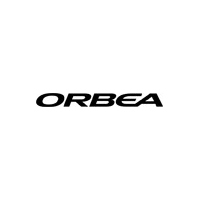UK based with around 150 miles on my M10. Bike has been washed/gentle hose only. Pretty sure I've got the creak developing from the upper axle. Reading Ron's excellent tutorial on full linkage strip down and service.
Could somebody just confirm that I can in the first instance, just try the clean grease and thread lock the splines job.
If so what is the simplest way walkthrough to completing that job. Can I leave the shock in situ etc.
Many thanks for any help.
Could somebody just confirm that I can in the first instance, just try the clean grease and thread lock the splines job.
If so what is the simplest way walkthrough to completing that job. Can I leave the shock in situ etc.
Many thanks for any help.
